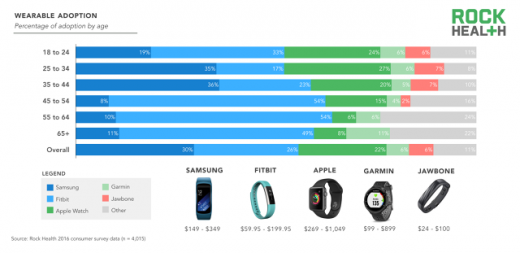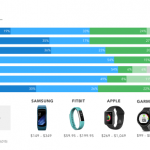In 2016, It Wasn’t Just The “Worried Well” Who Used Digital Health Tools
Rock Health, a venture fund and research firm dedicated to digital health, has just released its annual survey filled with insights about how consumers are using these new technologies. Previous Rock Health reports have overturned some widely— held assumptions about the digital health ecosystem, such as the notion that only millennials are active users or confirmed others, including the lack of venture-backed female CEOs in digital health.
This year, the survey of more than 4,000 consumers across the United States found that wearable adoption has continued to grow, despite Fitbit’s cratering stock performance. It also found that many Americans are willing to participate in medical research by donating their data, despite some nagging privacy concerns. “The underlying motivator isn’t money,” says Ashlee Adams, vice president of partnership and strategy at Rock Health. “People are willing to share their information to get better care.”
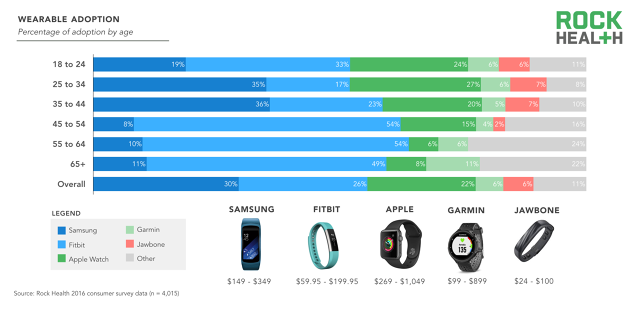
Digital Health Adoption
Consumers are adopting digital health tools at a steadily rising rate, the survey found. Only 12% of Americans haven’t used any digital health tools, down from 20% in 2015.
Moreover, Rock Health categorized 56% of its respondents as “active digital health adopters,” meaning they’ve played with three or more categories of digital health tools, such as telemedicine services or wearables. That’s up from 19% in 2015. “The technology with one of the biggest jumps (in 2016) is telemedicine, and that probably dovetails with more providers offering it and employers paying for it,” explains Adams. Another factor: Health systems have made big investments in virtual visits in the past few years. Kaiser recently reported that more than 50% of its doctor-patients interactions are taking place online. The major use cases for telemedicine involving triaging, meaning determining whether a patient needs to come in to see their doctor or not, as well as dealing with common medical needs. It’s also particularly valuable for those in rural areas who lack access to high-quality and affordable medical care.
Online reviews and information continue to be the largest segments for digital adoption, but this year experienced little growth. One explanation is that sites like Wikipedia and WebMD still dominate the category (although, newer entrants like Amino Health and HealthTap are hoping to change that). Among those who turn to the internet for medical information, more than half went to their doctor with a diagnosis in mind and/or suggested a treatment path, which suggests that patients are more empowered than ever before.
About a quarter of respondents (24%) in the survey already own a wearable. Three-quarters bought one on their own, with the rest coming from employers or gifts from friends (the gift segment is down from 2015). Across the United States, many large employers such as Target, IBM, Time Warner, and Bank of America now offer free or discounted wearable devices as part of their corporate wellness programs.
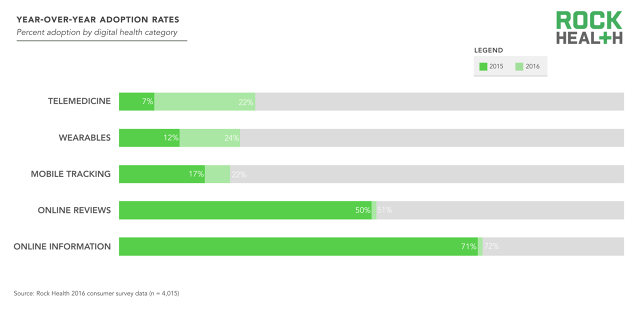
Not Just The “Worried Well”
The philosophy that it’s only the worried well who use wearable devices to track their health is increasingly flawed. About 8% of those who own one of these products classify themselves as unhealthy, the survey found. Overall, about a quarter of those who have been diagnosed with more than one chronic disease own a wearable.
“They (those who put themselves in the unhealthy category) are adopting digital health at a faster rate or are at least more engaged than you might expect,” says Adams.
For now, Adams says that the majority of those who classified themselves as unhealthy are buying devices for general wellness, such as the Fitbit or Apple Watch, rather than a device that is specifically geared to a chronic condition. Getting better sleep and losing weight were top priorities for the least healthy survey respondents, as opposed to staying active. Overall, the most popular metrics to track for those who use wearable devices are weight (8%) and activity levels (12%), followed by sleep and food at 6% apiece.

Data-Sharing
Companies like 23andMe and PatientsLikeMe already offer up people’s health information for the purposes of medical research with their consent. The survey suggests that there may be further opportunities to share patient-generated data.
More people responded that their primary motivator for sharing health data would be to bolster medical research (62%) rather than a financial reward (42%). Some bio-ethicists . Perhaps unsurprisingly, those in poor health are more willing to share their health history with all stakeholders than those in good health.
One impediment to the growth of opportunities in this space is trust. While 84% of those aged 55 and older responded that they trusted their physician to keep their health data secure, only 19% said they would trust a technology company to do so.
How did you use digital health tools in 2016? Let me know @chrissyfarr on Twitter
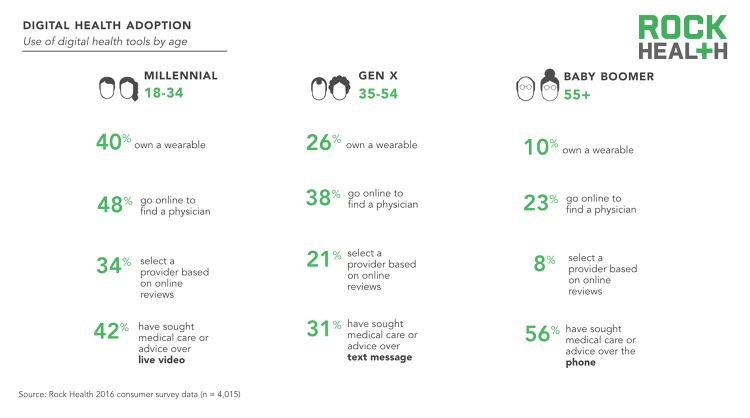

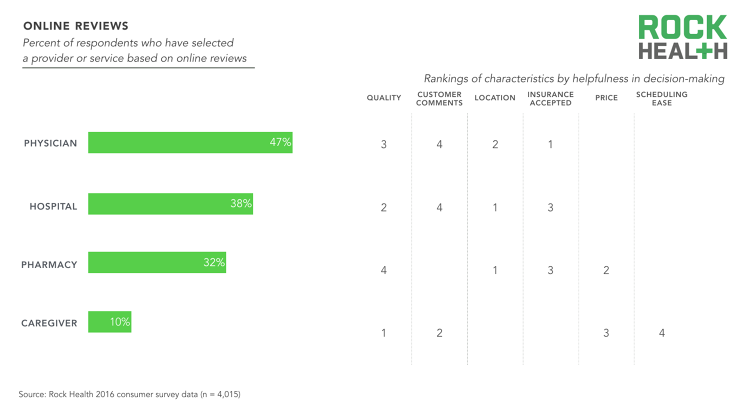
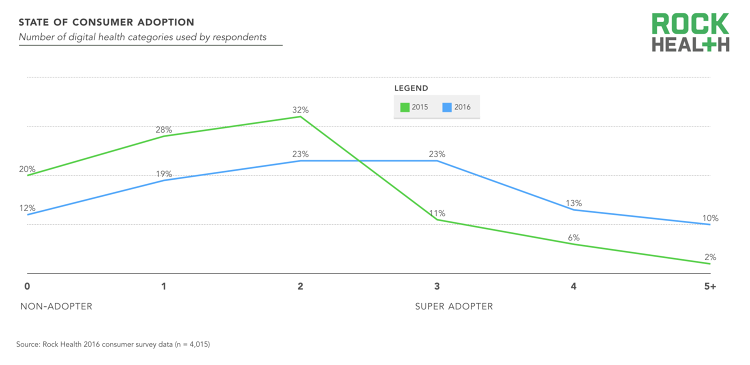
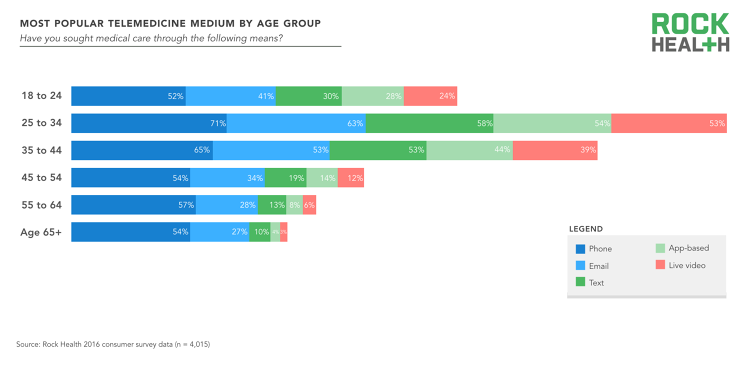


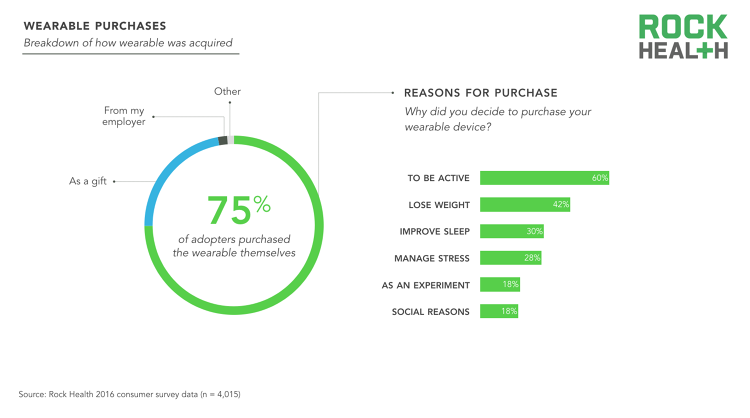
Fast Company , Read Full Story
(68)

